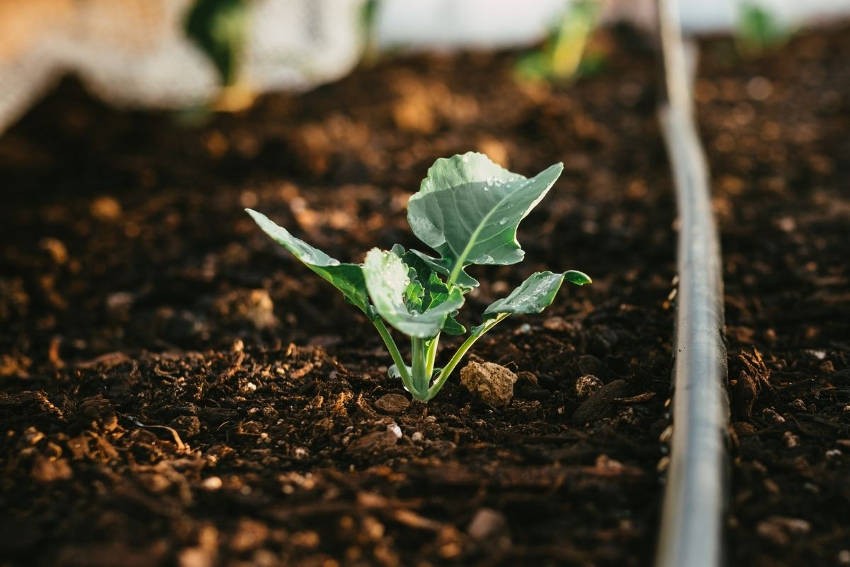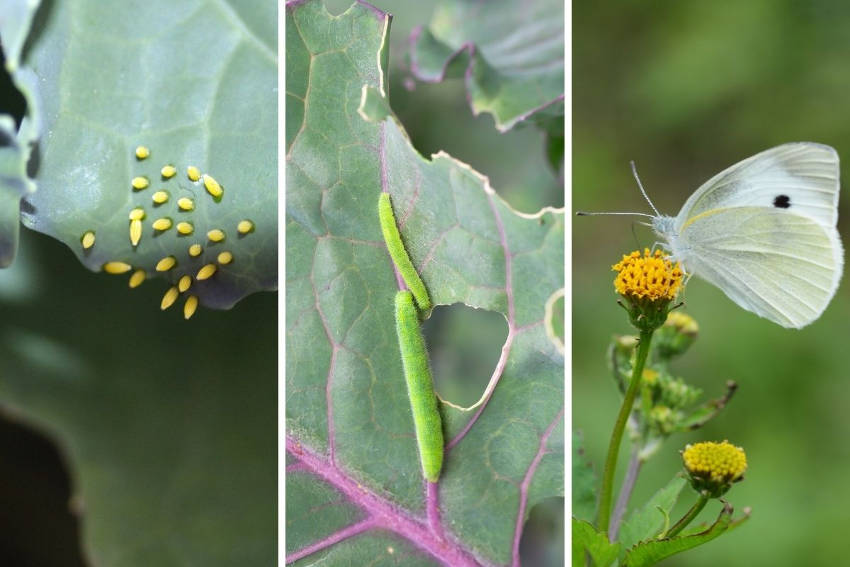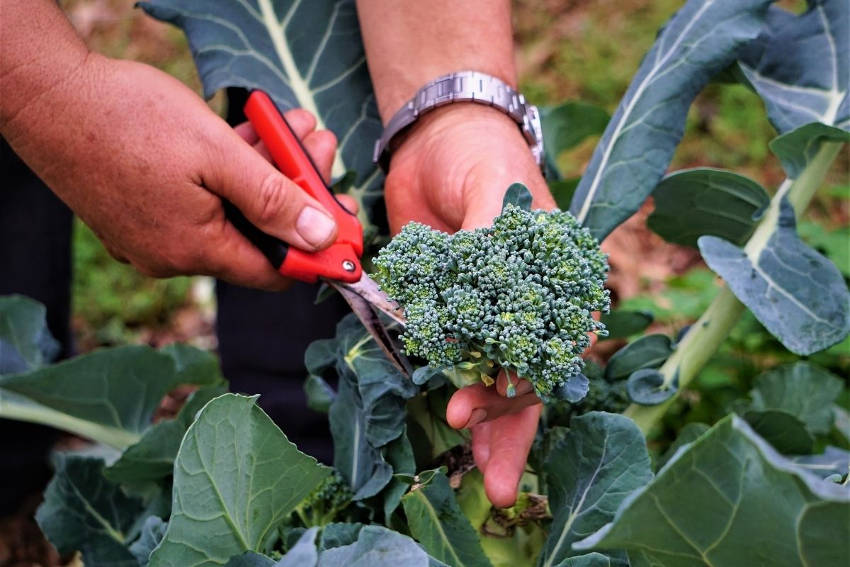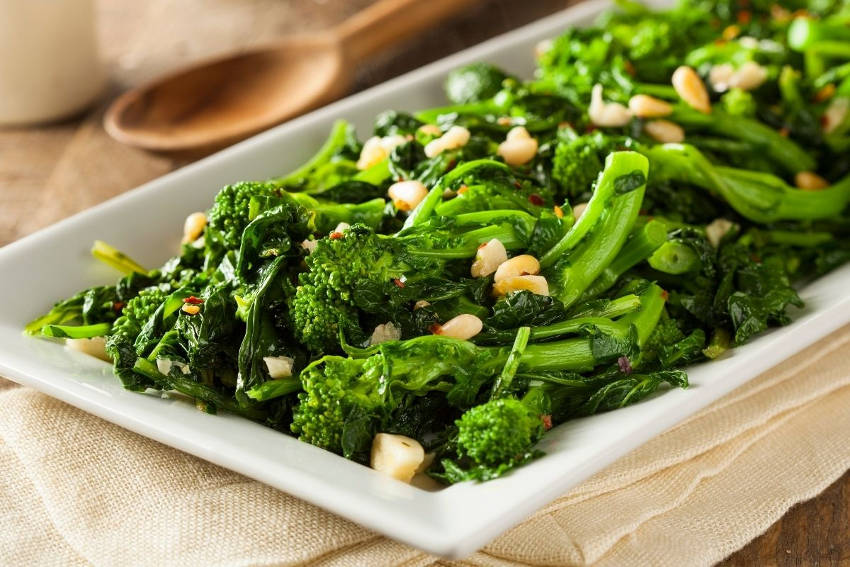The brassica group of plants is one of the most versatile available to the home veggie grower. Within the single botanical species Brassica oleracea, common vegetables ranging from cabbage through Brussels sprouts to cauliflower can all be found.
Broccoli is another well-known member of the brassica family. It’s famed as one of the original 'superfoods', packed with nutrients and antioxidants. Growing broccoli yourself means you can eat it as fresh as possible to get the full health - and taste - benefits.
Here's what you need to know to enjoy your first harvest of this tasty, healthy green vegetable.
What is Broccoli?
Broccoli is a hardy biennial plant but is usually grown as an annual and harvested at the end of its first season. Native to the Mediterranean area, it's known to have been eaten since the days of the Roman Empire, and indeed it remains hugely popular in modern-day Italy.
Broccoli grows in two main ways. The most common form produces a large central head which is cut for the main harvest, with the remaining plant producing several smaller side shoots over the following few weeks. Other varieties produce a smaller main head, but a greater number of side florets which can be harvested continually over a longer season.
Whichever type you choose, all broccoli variants have similar needs for successful cultivation.
Choosing Your Site
There are three vital points to consider when choosing where to grow your broccoli.
- Broccoli is a fast grower and requires full sun, along with mosit but well-draining soil that can take deep watering. However, in hotter areas partial sun will provide some protection against early bolting.
- Most importantly, broccoli is an extremely heavy feeder and needs rich fertile soil. Ideally, dig in plenty of organic compost or rotted manure a few weeks before sowing or transplanting.
- And lastly, as a brassica, broccoli should be grown under a crop rotation scheme to prevent the buildup of club root and other common problems. Broccoli will do best grown after beans or peas, benefiting from the nitrogen these legumes fix into the soil.
Sowing Broccoli Seeds
Broccoli can be sown direct or raised as seedlings to transplant. In either case, sow in spring or autumn to avoid the heat of summer, or the harsher parts of winter if applicable for your area.
Sow 5mm deep, spacing 50-60cm each way if sowing direct. Germination requires a temperature of 8-30°C and should take 3-7 days.
As the plants grow, water regularly to prevent drying out but don't waterlog. For soils that weren't enriched before sowing, use a general purpose or vegetable fertiliser according to the instructions provided.
For both watering and feeding, the aim is for fast but steady growth, so try to keep conditions as even as possible.
Harvesting Broccoli
Broccoli should be ready to harvest around 15 to 20 weeks after sowing. It's important to harvest the main head before the flowers open, as both flavour and nutritional value quickly deteriorate once the yellow flowers start to appear.
To harvest the head-forming types of broccoli, cut off the main head and 10-15cm of stem, leaving the rest of the plant in the ground. Side florets should continue to grow, and these can be harvested continually for the remainder of the growing season.
For sprouting types, harvest the individual smaller heads as you go, and the plant will regenerate for an extended harvest.
After the Harvest: Broccoli in the Kitchen
As with other brassicas, broccoli is more versatile in the kitchen than many people realise. Eaten raw or slightly blanched, it has a bright but nutty taste that's great in a salad with sesame seeds and a zingy citrus dressing.
Its nutty flavour also goes well with cashews, especially in a stir fry with soy sauce. Broccoli can also be cut into substantial chunks and charred on a BBQ, or sauteed with onion then blitzed with stock and cream to make a rich but tangy soup.
Common Problems Growing Broccoli
Cabbage moths and cabbage white butterflies make a bee-line for brassicas, including broccoli. Left to their own devices they can destroy a crop in quick time. If you notice caterpillars or damage to the leaves of seedlings or plants, act fast to control this pest. Use netting to exclude butterflies and moths or decoys to deter the territorial moths. Learn how to make your own decoys here. You can also hand pick the caterpillars off the plants or use an appropriate spray in a selective and targeted way.
Although broccoli leaves are edible, it's the head that's the main attraction. Failure to form heads is one of the main problems found in growing broccoli. There are two main causes of this disappointment: extremes of temperature, and growing the plants too closely together.
Even when a head does start to form, broccoli can bolt to seed when grown out of its ideal, moderate temperature range, destroying the head before it reaches harvestable size. Don't be tempted to grow broccoli in the height of summer, as this rarely goes well.
A combination of hot temperatures and a soil that's too rich in nitrogen can lead to broccoli growing with hollow stems. While this isn't necessarily a problem, it can increase the risks of the plant rotting, especially if the hollowness reaches up into the head.
Sometimes even broccoli that looks great on the outside can be unpalatably bitter after harvest if growth has been too slow. Avoid this by properly enriching the soil before planting, topping up with fertiliser if necessary, and sticking to a regular watering schedule so that the plant grows as quickly but evenly as possible.
And lastly, broccoli isn't immune to the attentions of aphids, so inspect the plants regularly and remove any developing populations manually or by using an organic spray.
Broccoli is a forgiving plant, and so long as it's kept well fed and watered you'll usually be rewarded with a tasty, highly nutritious harvest.









